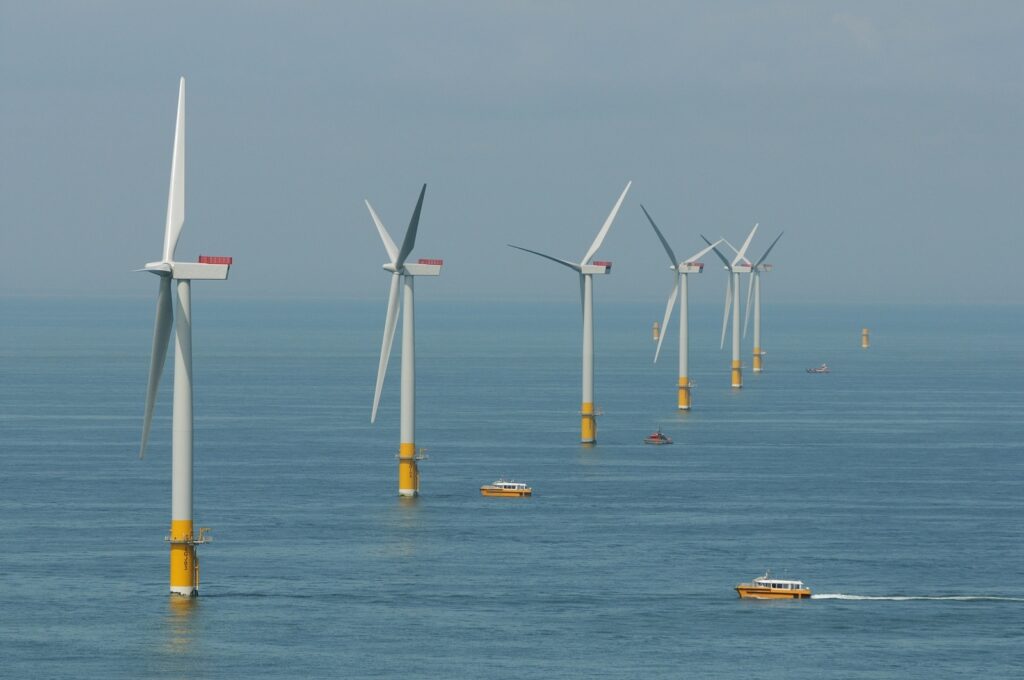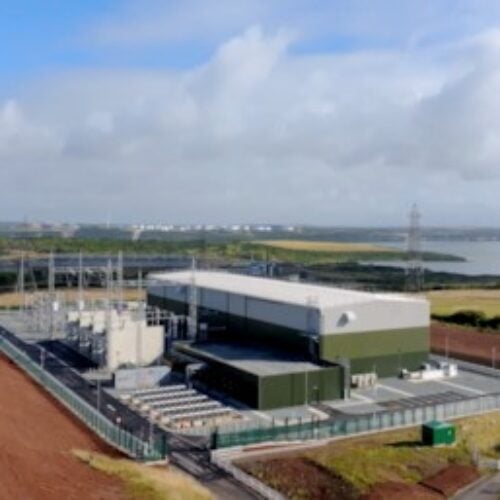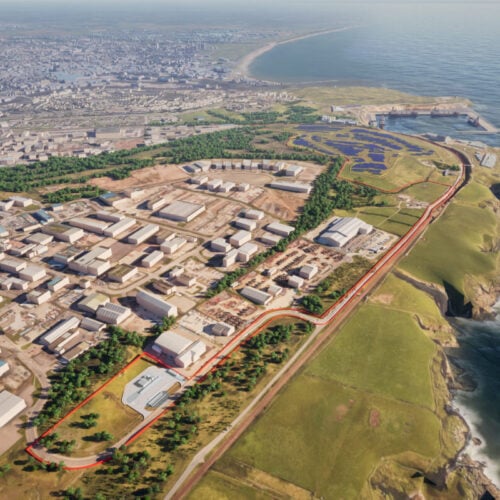German energy giant innogy has been forced to revise down some divisional forecasts on the back of what it has described as “extraordinary low” wind levels.
Reporting its results for the first three quarters of 2018, innogy revealed that adjusted earnings for January to the end of September amount to €1.87 billion (£1.62 billion), down 11% year-on-year, with the firm predominantly pointing the finger at low wind levels.
The “extraordinary low” levels were recorded in both Germany and the UK and were more prevalent in Q2 and Q3, impacting the result of its renewables division. Positive price effects and contributions from newly-complete assets could only partially offset those impacts.
Innogy’s UK-based operational offshore wind portfolio currently stands at 726MW, but the utility plans for a more significant hold of the market with up to 2.4GW in the pipeline. Its onshore wind portfolio stands at 337MW, again with further assets at various stages of planning.
The fall in group earnings was further blamed on falling revenue within its grid and infrastructure division and cold weather in the Netherlands driving up commodity prices in Q1 2018.
Adjusted net income for the first nine months of 2018 also fell – down more than a quarter (26.2%) year-on-year – triggered by both reduced earnings and the reporting of innogy’s UK retail division npower, now listed as a discontinued operation ahead of its spin-off and merger with the retail arm of SSE.
Bernhard Günther, chief financial officer at innogy, said that “steadily mounting competition” continued to pose a considerable challenge to its retail business.
That proposed deal with SSE has been anything but plain sailing for the parties involved, and just last week faced further complications with the two stating that the terms of the deal are to be renegotiated in the wake of Ofgem’s price cap.
While innogy is standing by its group outlook earnings of €2.7 billion (£2.34 billion), there have been adjustments to the outlook of certain divisions. Innogy’s renewables division has seen its full-year outlook revised down from around €350 million to €300 million (£260 million), while the outlook of its retail arm has too been revised down by €50 million.
The firm expects the shortfall of those two divisions to be made up by its grid and infrastructure arm, which saw its forecast raised by €100 million to €1.95 billion (£1.69 billion).






